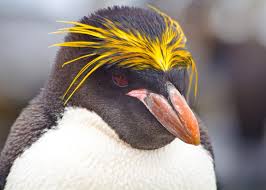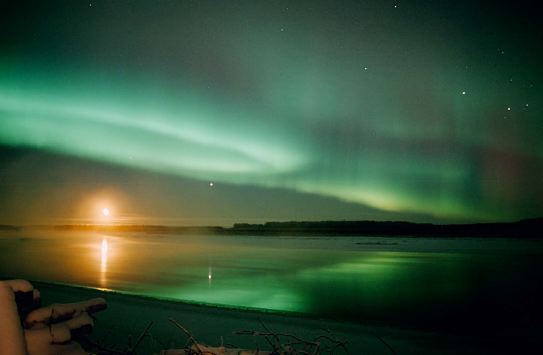Stamp: Icebergs, penguins and polar light (Hungary 1959)
Icebergs, penguins and polar light (Hungary 1959)
14 March (Hungary ) within release International Geophysical Year goes into circulation Stamp Icebergs, penguins and polar light face value 30 Hungarian fillér
| Stamp Icebergs, penguins and polar light in catalogues | |
|---|---|
| Michel: | Mi:HU 1573A |
| Stamp Number: | Sn:HU 1214 |
| Yvert et Tellier: | Yt:HU 1268 |
Stamp is horizontal format.
Also in the issue International Geophysical Year:
- Stamp - Eötvös Torsion Balance and Globe face value 10;
- Stamp - Deep sea exploration: research vessel and iceberg face value 20;
- Stamp - Icebergs, penguins and polar light face value 30;
- Stamp - Soviet Antarctic camp and map of Pole face value 40;
- Stamp - Space probe approaching moon face value 60;
- Stamp - Sun and observatory face value 1;
- Stamp - Satellite, Sputnik and American Rocket face value 5;
- Stamp - Soviet antarctic camp and map of pole face value 40;
- Stamp - Space probe aproaching moon face value 60;
- Stamp - Sun and observatory face value 1;
- Stamp - Sattelite ,sputnic and american rocket face value 5;
- Stamp - Eotvos Torsion balance and globe face value 10;
- Stamp - Deep sea exploration face value 20;
- Stamp - Icebergs -polar light face value 30;
- Stamp - Deep sea exploration: research vessel and iceberg face value 20;
- Stamp - Deep sea exploration: research vessel and iceberg face value 20;
- Stamp - Deep sea exploration: research vessel and iceberg face value 20;
- Stamp - Satellite, Sputnik and American Rocket face value 5;
- Stamp - Soviet Antarctic camp and map of Pole face value 40;
- Stamp - Space probe approaching moon face value 60;
- Stamp - Sun and observatory face value 1;
- Stamp - Soviet Antarctic Camp and Map of Pole face value 40;
Stamp Icebergs, penguins and polar light it reflects the thematic directions:
Birds (Aves), a subgroup of Reptiles, are the last living examples of Dinosaurs. They are a group of endothermic vertebrates, characterised by feathers, toothless beaked jaws, the laying of hard-shelled eggs, a high metabolic rate, a four-chambered heart, and a strong yet lightweight skeleton. Birds live worldwide and range in size from the 5 cm (2 in) bee hummingbird to the 2.75 m (9 ft) ostrich. They rank as the class of tetrapods with the most living species, at approximately ten thousand, with more than half of these being passerines, sometimes known as perching birds. Birds are the closest living relatives of crocodilians.
Penguins are a group of aquatic flightless birds from the family Spheniscidae (/sfɪˈnɪsɪdiː, -daɪ/) of the order Sphenisciformes (/sfɪˈnɪsəfɔːrmiːz/). They live almost exclusively in the Southern Hemisphere: only one species, the Galápagos penguin, is found north of the Equator. Highly adapted for life in the ocean water, penguins have countershaded dark and white plumage and flippers for swimming. Most penguins feed on krill, fish, squid and other forms of sea life which they catch with their bills and swallow whole while swimming. A penguin has a spiny tongue and powerful jaws to grip slippery prey
Animals are multicellular, eukaryotic organisms of the kingdom Animalia (also called Metazoa). All animals are motile, meaning they can move spontaneously and independently, at some point in their lives. Their body plan eventually becomes fixed as they develop, although some undergo a process of metamorphosis later on in their lives. All animals are heterotrophs: they must ingest other organisms or their products for sustenance.
An aurora (pl. aurorae or auroras), also commonly known as the northern lights (aurora borealis) or southern lights (aurora australis), is a natural light display in Earth's sky, predominantly seen in high-latitude regions (around the Arctic and Antarctic). Auroras display dynamic patterns of brilliant lights that appear as curtains, rays, spirals, or dynamic flickers covering the entire sky.




